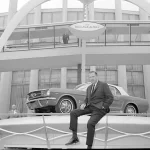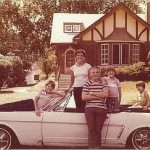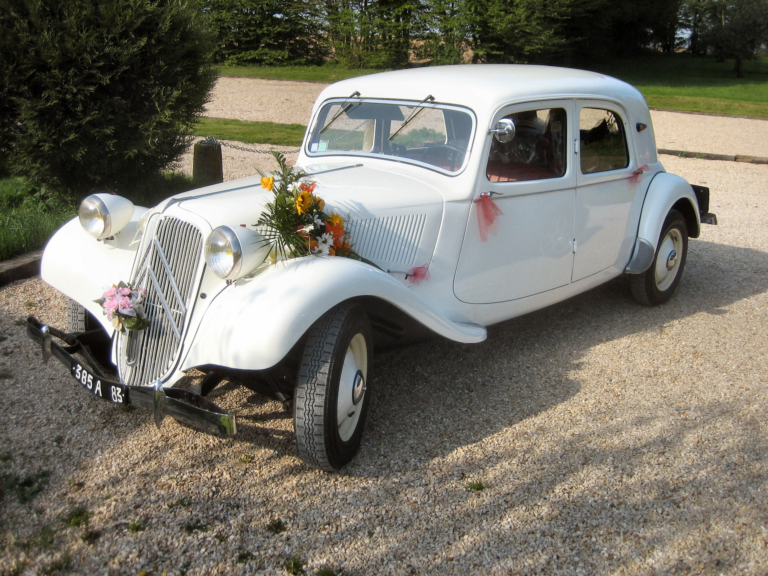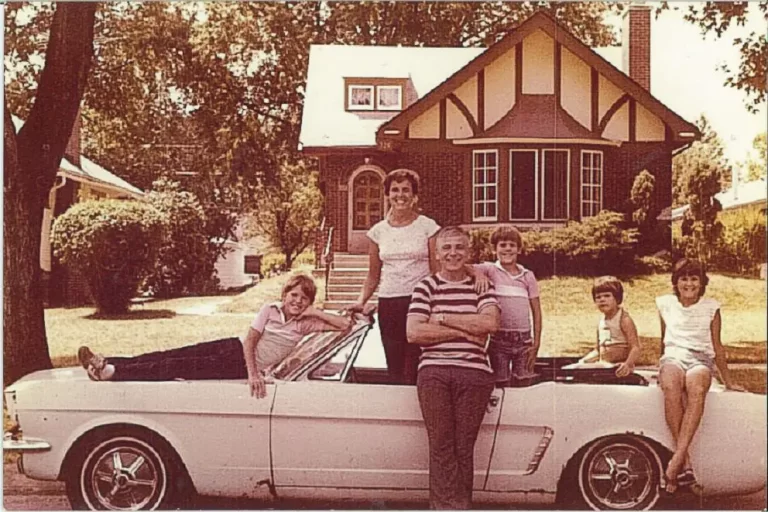
In an attempt to mobilize France in the late 1930s, Citroën aimed to build an inexpensive automobile that could be used by farmers and townspeople alike. What came was the Citroën TPV, which was the result of numerous engineering feats and innovative designing. The effort closely resembled that of Germany and its Volkswagen. Like the VW, the Citroën TPV had been prepped for production prior to the outbreak of World War II. In fact, following a small pre-production run of about 250 cars, it’s official launch was to take place the Paris Auto Show in October of 1939, with the car renamed the 2CV. Then Germany invaded Poland and France declared war on the Nazis.

Citroën scrapped its plans as production shifted to wartime manufacturing. Meanwhile, the Germans continued to try and build up an entire city to produce the VW. Despite Hitler promising Dr. Ferdinand Porsche that his special plant would only produce civilian automobiles, very few would leave the facility during the war. Nearly all that did would end up in the hands of the German armed forces. A majority of production at the brand new Volkswagen plant shifted to the nation’s own war effort. Alas, the bombs would come and the facility would be nearly destroyed. But that’s a story for another day. So, yeah, what happened to the 2CV?
Citroën launches its affordable car after the war
Once the bombs stopped falling, Citroën returned to its original plans with the 2CV. While production could not occur during the war, development of it did continue at Citroën. The company showcased the revamped model at the 1948 Paris Salon. The 2CV, built of thin corrugated metal and featuring a two-cylinder air-cooled engine up front with a front-wheel-drive configuration, finally began to roll off the assembly line in any meaningful numbers in 1949. Each, as they would for the next 40 years, came equipped with a rollback roof to help farmers accommodate larger loads.

For the next 40 years, again in a similar fashion to the VW Type 1, the CV2 would roll off assembly lines in a single generation with little changes to its initial design. For example, the car’s suicide doors were replaced with front hinged doors in 1965. Various commercial body designs would also become available, such as panel vans and even a few Citroën 2CV pick-ups, specially built in the UK. Some of these other body styles featured a hard-top roof.
The last Citroën 2CV is built
In the late 1980s, facing ongoing changes to automotive safety and emissions standards, the production of the 2CV began to slow. In 1988, the last French built 2CV left the plant, but production continued in Portugal. Then, on this day in 1990 the last Citroën 2CV rolled off the assembly line in Mangualde. In total, 3,867,932 2CV models ended up being built. This made the car the first front-wheel-drive vehicle to sell more than one million units.

















